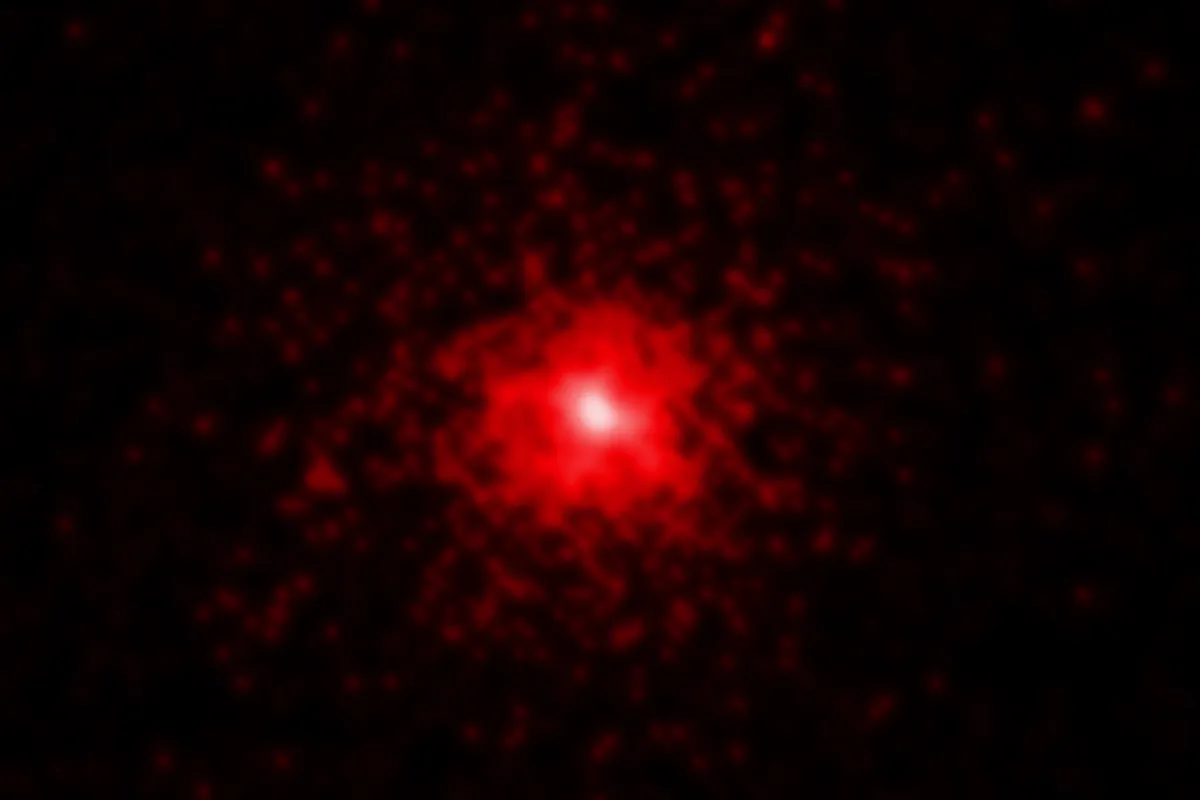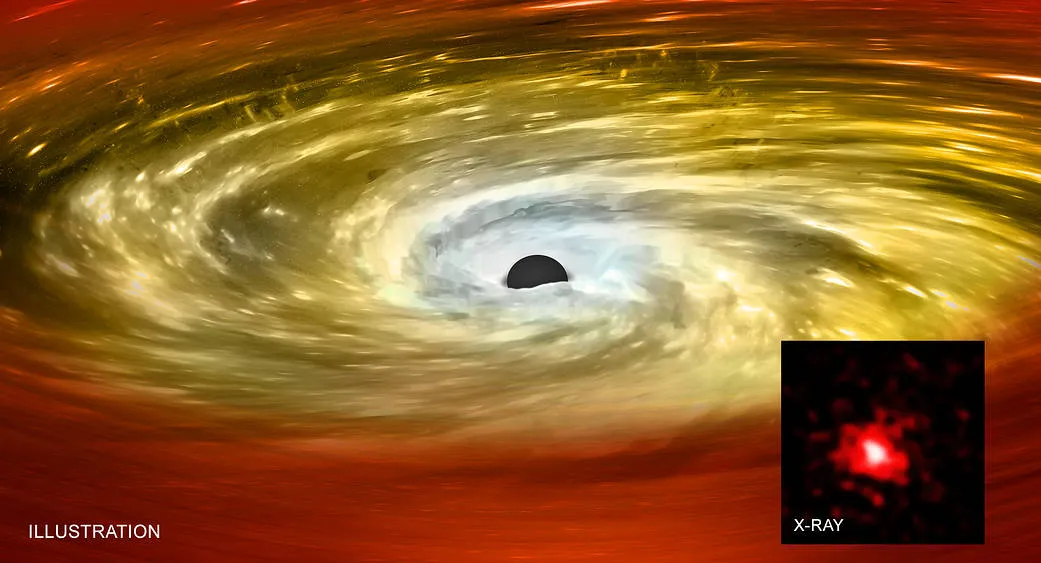With the continued arrival of more of the latest images from the James Webb Space Telescope, astronomers have been spending a lot of time staring at red blobs, trying to make sense of galaxy formation.
While we wait for the dust to settle in the race to find the most redshifted systems, to locate the ‘furthest ever known galaxy’, a team of astronomers led by Krzysztof Lisiecki in Poland have been paying attention to red systems a little closer to home.

Using data from the VIMOS spectrograph on the Very Large Telescope, they have identified a set of nearby ‘red nugget’ galaxies, the local equivalent of a class of system first discovered in the early Universe.
The nuggets deserve their name, being compact and often massive galaxies, with a red colour that reveals an absence of ongoing star formation (which would produce a sprinkling of bright blue stars).
Previous work has shown that in the early Universe such systems shine brightly in X-ray, an indication of activity around their supermassive black holes that might account for the lack of star formation.
These jewel-like systems are important because they’re thought to merge to make the giant elliptical galaxies we see in local clusters such as the Virgo Cluster.

But studying small, distant systems that are hard to resolve makes it difficult to test that theory.
That’s why the team set out to find local leftover nuggets that may have survived to the present day.
They started with 90,000 galaxies observed by the VLT, picking out those that are massive, small and red.
That sounds simple, but each decision made can change the nature of the final collection of galaxies.
As an example, the team agonise especially over the definition of ‘compact’.
We know that red nuggets seem to be especially dense, with plenty of stars packed into a small system, but no one has managed to agree how to translate that into an agreed standard.

The researchers are conservative, keeping only the most nuggety of systems, but that means the result of all that work was a sample of just 77 new nuggets, with redshifts that indicate their light has been travelling towards us for more than six billion years, nearly half the lifetime of the Universe.
These new systems thus belong to the Universe’s middle age, and there are fewer of them than at the peak of star formation and galaxy assembly four billion years earlier.
If these are the ingredients from which massive elliptical galaxies are made, then the stars in such systems must have formed a long time ago.

The most important clue as to the fate of these galaxies is their environments: are they found in massive galaxy clusters, or in the empty voids between such structures?
The answer to that question will have to wait for a little while, as the team are still working on it, but the sample they’ve already assembled is unique.
I’m sure they’re not the only ones who will be looking at this new collection of red gems scattered across the southern sky.
Chris Lintott was reading The First Catalogue of Spectroscopically Confirmed Red Nuggets at z~0.7 from the VIPERS Survey. Linking High-z Red Nuggets and Local Relics by Krzysztof Lisiecki et al.Read it online at: arxiv.org/abs/2208.04601.
This article originally appeared in the October 2022 issue of BBC Sky at Night Magazine.
